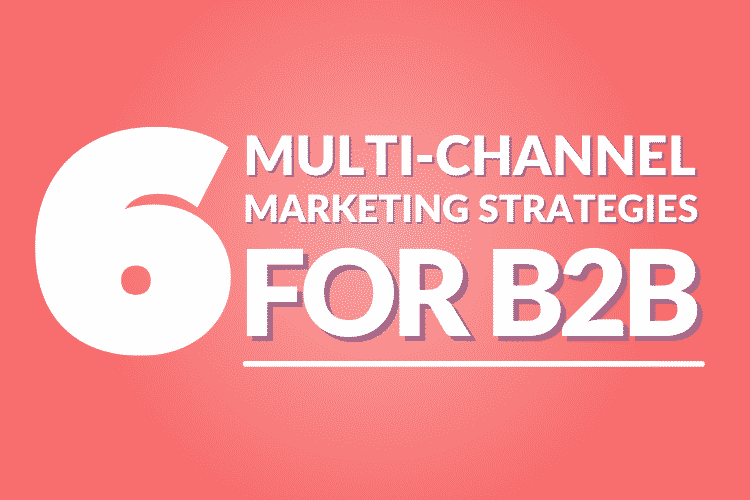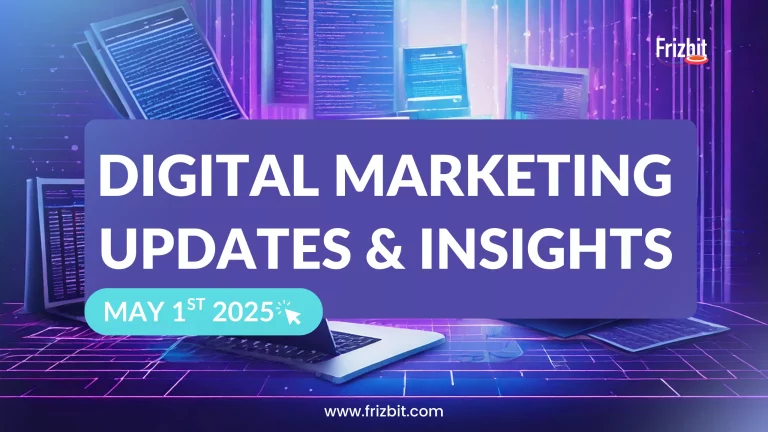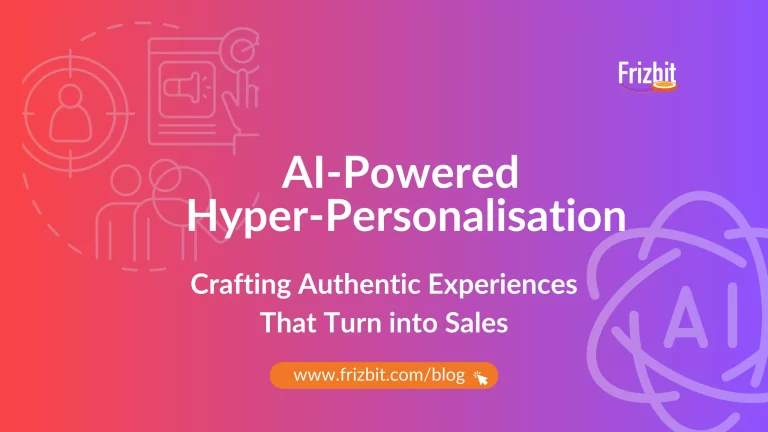When planning B2B marketing strategies, it’s common to primarily think of outbound and direct marketing techniques. Straightforward messages, cold calls and connection requests to prospects you might have identified through a thorough selection process are very common strategies. There are many available channels you should consider:
- SMS
- Web push notifications
- Ads
- Social media
In this approach it’s very important to be as persuasive and compelling as possible with the first message in order to cause a good impression and awaken the prospect’s interest. Strategies like these have been used in B2B marketing since forever and still give good results when applied properly.
However, with the appearance of new technologies, the expansion of the internet and growing competition, prospective clients are more invested into evaluating their options. If you did manage to catch their attention with the first contact through cold email or phone call, they for sure are going to conduct their own search to find out more about you before continuing with the conversation.
That’s why it’s so important for companies to broaden their B2B marketing strategies and take full advantage of what new technologies and variety of channels have to offer. Creating a multi channel marketing strategy that covers all fronts and answers all the questions you prospects might have about your product or service is key to stay ahead in the game.
But before getting into the specific channels you can include in your B2B marketing strategy, let’s talk about the angular stone that supports it: content marketing.
Content marketing is your friend
If you’ve been working in digital marketing for some time now, you surely have heard a lot about content marketing and its value for attracting customers. It has become so popular in the past few years because it’s a much friendlier way to connect with potential customers than advertising or any other outbound marketing technique. Content marketing is the angular stone in which your multi-channel strategy will base.
By presenting good quality content that offers relevant information and adds value appealing to the target audience needs and interests, content marketing has become the center of many digital marketing strategies for B2C. Nowadays, it’s the same for B2B.
The main difference between one and the other is the objective. While in B2C the focus is centered on branding and engaging with users, in B2B the objective is to generate leads. Having this in mind, you should create a content strategy that focuses on analysis, data and information that answers the main pain point of your target audience and helps tilt the balance to your favor.
B2B audience is more rational, takes more time to weigh different alternatives and digs in deeper before making a decision. The content you create must center on covering all flanks and easily display all the information prospects might need to choose you. Here are a few examples:
- Blog posts centered around what and how your product or service works
- Whitepapers
- Case studies
- Success stories
- Client testimonials
- Video demos
- FAQs page on your website
Keep in mind a couple of things when planning your content marketing strategy, whether for written or audiovisual channels.
a) Center all of your content around your solution and what would the customer gain if they choose you over your competitors. Use keywords to make sure prospects can find you when they search for similar products or services online: you want to be present.
b) Consistency is key. It’s important for you to publish and share content consistently throughout time. Create a calendar and keep to it but always making sure you don’t sacrifice quality over quantity. Create a rhythm that suits you.
6 Multi-channel Marketing Strategies for B2B
1. Email marketing for B2B
Email marketing is one of the most powerful marketing tools. It has been for a long time and it seems it will continue to be so especially when it comes to B2B. According to HubSpot, “from a study of 1,000 small business owners, email marketing was ranked as the second most effective medium for building brand awareness”.
To create a killer email marketing campaign go for automation. By establishing different scenarios that fit your own funnel, you can create automated emails sequences: they differ from regular email because they are automated and triggered by user behaviour.

They are sent, for example, when prospects visit a landing page and download a case study. After a few days, they’ll receive an automated email, triggered by their actions, offering to schedule a follow-up meeting to discuss in detail about your solution and what it can do for them. You can create as many sequences as you see fit with hyper-personalisation of the message.
The best part about email marketing automation is that you can maintain an ongoing communication with your prospects through their journey and focus on lead nurturing. This will help you make your campaigns much more effective.
2. SMS Marketing for B2B
SMS is a key channel in any digital marketing strategy for B2B. However, its potential is often overlooked and forgotten as, many times, it’s considered only valid for B2C marketing. But keep in mind that people use their phones when they’re working, scheduling meetings or looking for information.
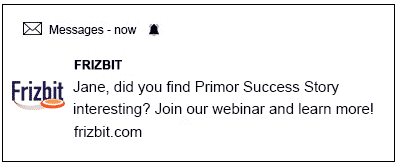
According to a study conducted by The Boston Consulting, up to 70% of B2B searches are done on mobile devices. This makes it essential for businesses to be present and reach their prospects where they are: their phones.
The same as for email marketing, you can use automated SMS sequences to schedule meetings, events, reminders or new information that connects you with your prospects by adding value and helping them make a decision.
A few benefits of SMS marketing:
-
- Phenomenal open rates: 98% open rate
- Direct communication: 90% of the messages being read within the first 3 minutes after receiving the SMS
- Convenience: they´re short and display the information very clearly
- Reachability: no need for customers to download an app or install any type of software.
3. Web Push Notifications for B2B
Web push notifications are the newest retargeting channel B2B can benefit from. They allow businesses to send hyper-personalised messages to prospective customers with useful and relevant information that helps them move down the sales funnel.
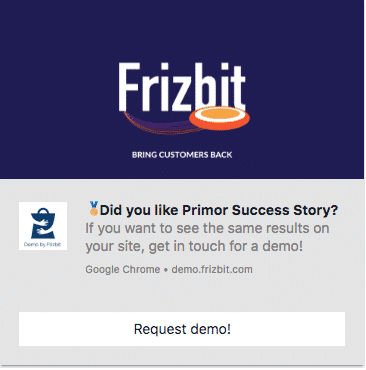
There are two types of web push notifications:
- Automated campaigns: define scenarios on your website or landing page and re-engage visitors inviting them to come back and learn more about your solution with messages based on their actions and behaviours.
- Manual campaigns: send notifications regarding new case studies you release and news and updates about your business that adds value to your solution as a valid option to all of your subscribers.
The most attractive feature about web push notifications is that they don’t require visitors to share any type of personal information like their phone number or email address. They just have to click on “Allow” when the opt-in prompt appears to become a subscriber and keep up to date with any update.
B2B marketing strategies can find a great ally in web push notifications. This channel allows them to engage with prospects and turn them into leads by bringing them back to the website with relevant information.
4. Landing Pages for B2B
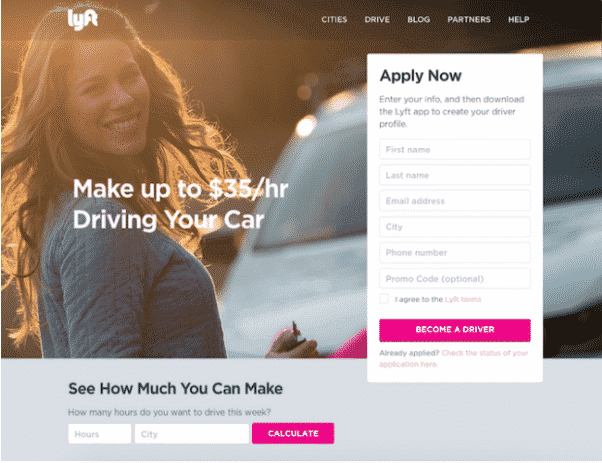
Landing pages are the number one channel of B2B marketing to get new leads. They’re usually the core of the strategy and creating one that works and effectively converts, can be quite a challenge. But if you’re planning your next strategy, a landing page must be part of it, so here are a few tips on how to make it the best it can be:
- Define your buyer persona: before taking any other step you need to know exactly who you are talking to and with what purpose. What do they need and want to know about your solution? What language do they use? What are their ages and education level? What’s the problem they need to solve? Defining all of this, will help you create the right message focusing on what’s really important for your target audience and setting the tone of the entire landing page.
- Choose one goal only: the best performing landing pages are the ones that have one clear objective and guide prospects towards achieving it. Define what your goal is: getting email sign ups, getting demo requests or scheduling meetings must be very clear.
- Perform A/B testing: once you have defined all of the previous points and the time comes to go live with your landing page, it’s important that you perform A/B tests. Even though you have set clear goals and know your buyer persona, the reality is that the best way to get the best results is to let people tell you what works best for them. Begin testing the CTA, then the image or copies and make adjustments that help you make the best version of your landing page.
- Create a traffic generator strategy: you might have created the best landing page in the history of B2B marketing, but if people don’t get to it is the same as if it didn’t exist. This is the moment to combine different channels in order to drive visitors to your landing page. Use a smart combination of ads, web push, sms and email marketing.
5. Social Media for B2B
Even though social media is the favorite channel for B2C businesses, the truth is B2B can also have a spotlight here. B2B marketing on social media is the perfect way to create brand awareness and generate connections within the community. Especially if you center your efforts on the right platform that suits you.
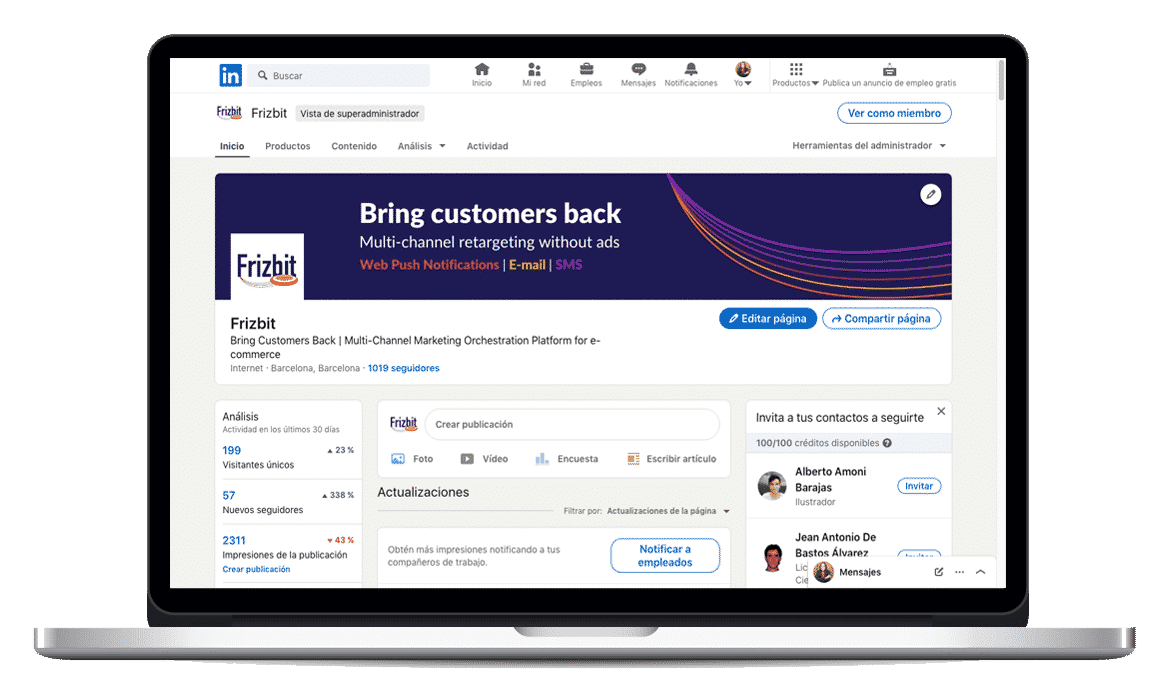 LinkedIn for example, was designed with the sole purpose of generating connections between professionals around the world. However, there can be a place for any business on YouTube, Twitter, Instagram and new platforms like Clubhouse if they align their objectives with the type of content that prevails on each social media channel.
LinkedIn for example, was designed with the sole purpose of generating connections between professionals around the world. However, there can be a place for any business on YouTube, Twitter, Instagram and new platforms like Clubhouse if they align their objectives with the type of content that prevails on each social media channel.
You can use Instagram to share information capsules with graphic proposals that adapt to the media and also offer value to the customers. There’s the option to even do interviews, share webinar sessions through IGTV and save the content to be accessible in the future.
With the appearance of audio-only platform Clubhouse new business opportunities are surfacing by opinion leaders creating rooms to share their vision and discuss with other professionals.
The doors are open for any business to have a strong social media presence that brings them closer to their target audience by using a more human approach, lots of creativity and creating amazing brand awareness.
6. Ads for B2B
No multi-channel marketing strategy would be complete without the use of ads. Whether you go for social media advertising, search marketing display ads or retargeting ads, paid media can really help you boost your online presence.
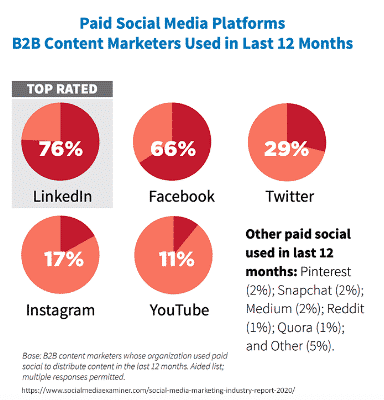
It’s one of the main channels you can use to drive traffic to your landing page, for example. Another scenario is to use retargeting ads to increase your brand awareness after prospects visit your site and keep your brand on their top of mind with recurrent appearances on other websites and social media platforms.
Combining channels is the road to success
A B2B multi-channel marketing strategy is the way to keep in touch with prospective customers during their entire journey. You’ll be able to reach them with different approaches through the channel chosen by them, which has a direct impact on engagement.
The ultimate goal is to create a conversation in which you solve as many doubts as possible, share relevant and useful information and build trust through time with your customers.
Since we got your attention, check out:
